My Real Estate Photography Gear Setup: What Works for Me
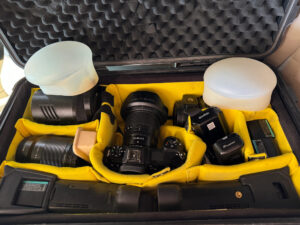 Over the years, I’ve refined my photography style and workflow, and this setup is what helps me get the results I want on every shoot. This page isn’t about telling you what gear you need to use—it’s about showing you what works for me, based on my experience and preferences. Whether you shoot Nikon, Canon, Sony, or something else, the most important thing is to practice, practice, practice. The gear is just a tool to help you get there.
Over the years, I’ve refined my photography style and workflow, and this setup is what helps me get the results I want on every shoot. This page isn’t about telling you what gear you need to use—it’s about showing you what works for me, based on my experience and preferences. Whether you shoot Nikon, Canon, Sony, or something else, the most important thing is to practice, practice, practice. The gear is just a tool to help you get there.
My Camera Setup: Nikon Mirrorless Full Frame
I shoot with Nikon mirrorless full-frame cameras because they fit my workflow and provide the flexibility I need for real estate photography. That said, I’ve shot with crop-sensor cameras before, and they worked just fine. There’s no rule that says you need full-frame to get professional results—any camera you have can do the job as long as you know how to use it.
Here’s the camera systems I currently use:
| Camera | Link | |
| • Nikon Z6III Full-Frame Mirrorless Camera | ||
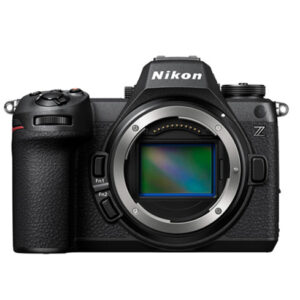 |
My workhorse R/E camera, also a wonderful video body; an all-around great camera. | |
| • Nikon Z7II Full-Frame Mirrorless Camera | ||
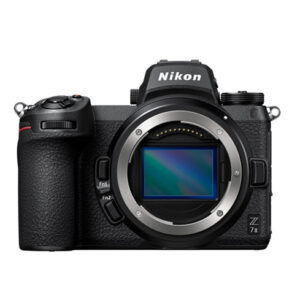 |
A step up in resolution over the ‘6. Works great for my commercial projects. | |
| • Nikon Z8 Full-Frame Mirrorless Camera | ||
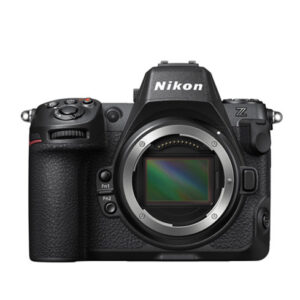 |
A giant step forward in technology. Way more than you need for R/E, it does so much more. | |
| • Nikon Z9 Full-Frame Mirrorless Camera | ||
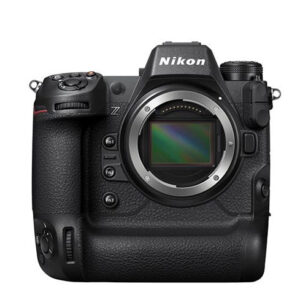 |
Nikon’s flagship mirrorless camera. | |
Lenses: Wide-Angle to Telephoto
For real estate, a good wide-angle lens is essential. It helps capture the space and makes the room feel inviting and open. However, I also carry a couple of telephoto lenses for those detail shots that help sell the story of a home.
| Lens | Link | |
| • Nikon 14-30mm f/4 S | ||
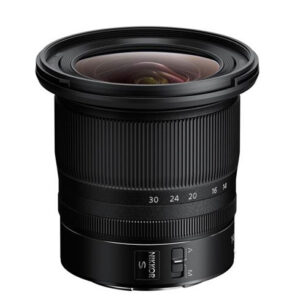 |
Probably the best lens you can get for R/E Photography. This will cover you for 90% of everything you do. | |
| • Nikon 24-70mm f/2.8 S | ||
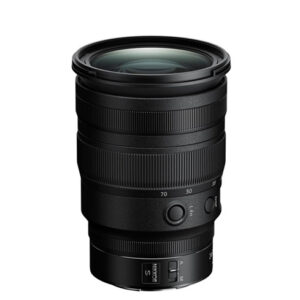 |
Easily the second most useful lens you can get, you can also get this in combo packages with most Nikon mirrorless cameras. | |
| • Nikon 70-200mm f/2.8 S | ||
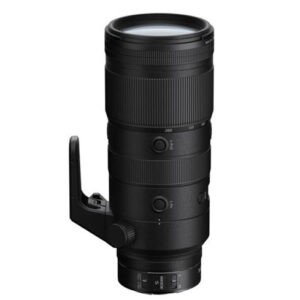 |
Probably not really needed when you start out; a very fine lens. | |
| • Nikon 20mm f/1.8 S | ||
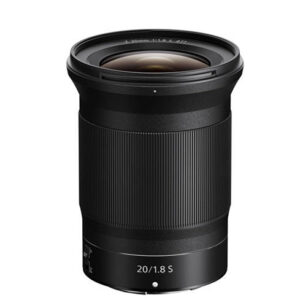 |
A near-perfect lens with little to no coma in the corners. | |
| • Nikon 14-24mm f/2.8 S | ||
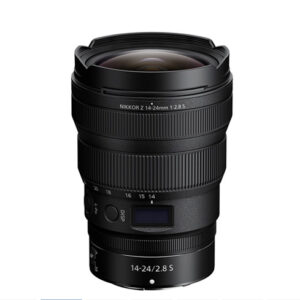 |
A great lens, and a back-up for the 14-30, albeit an expensive one. | |
| • Nikon 85mm f/1.8 S | ||
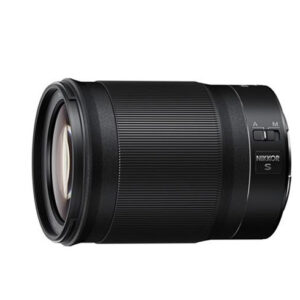 |
My workhorse R/E camera, also a wonderful video body; an all-around great camera. | |
Lighting: Off-Camera Flash & Accessories
Lighting can make or break a real estate shoot. I use off-camera flash to control lighting and create a balanced, natural look inside homes. When I started, I only had one flash, and I added more as I grew my business. If you’re just starting out, take your time—you don’t need everything at once. NOTE: Get the trigger for your camera system; the link below is for the Nikon system. The Nikon trigger will work on a Canon camera, but it will NOT work for any advanced flash techniques like TTL metering.
| Flash / Lighting | Link | |
| • Godox / Flashpoint AD 100 Pro | ||
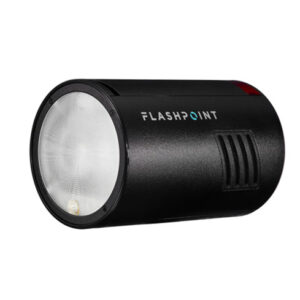 |
Great for small areas and filling in small nooks. | |
| • Godox / Flashpoint AD 200 | ||
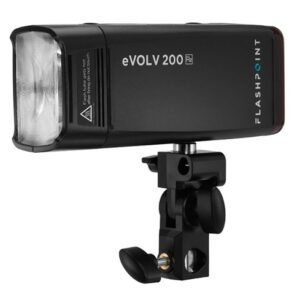 |
The workhorse flash for real estate. Grab one of these, but come back for another. | |
| • Godox / Flashpoint AD 200 Pro II | ||
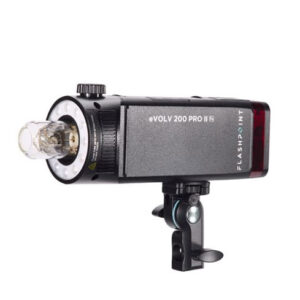 |
I don’t have one of these. Yet… | |
| • Godox / Flashpoint AD 400 Pro | ||
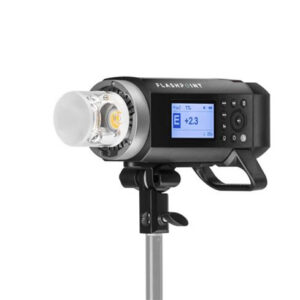 |
Lots of light for bigger rooms. But its also necessary to have a lot of light when you use a lot of modifiers and do a wide bounce. | |
| • Godox / Flashpoint AD 600 | ||
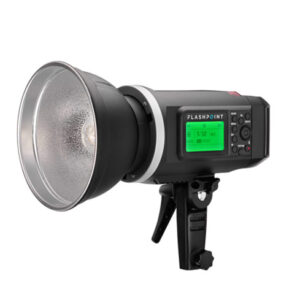 |
I use this outside, and to fake the sun through windows. | |
| • Godox Xpro-C TTL Wireless Flash Trigger (Nikon!) | ||
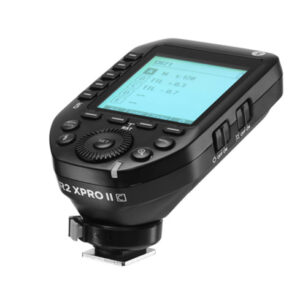 |
You have all these nice flashes, you need to control them! Make sure to get the appropriate controller for your camera brand or you will lose TTL! (This is the Nikon version!) | |
| • MagMod Professional Flash Kit 2 | ||
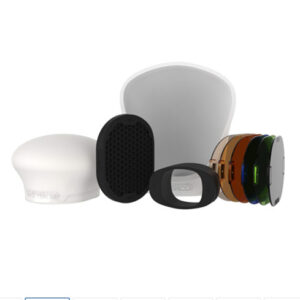 |
If you like the MagMod system, this is what you want! Get all the accessories including filters to match tungsten and florescent light. | |
| • MagMod Sphere Kit | ||
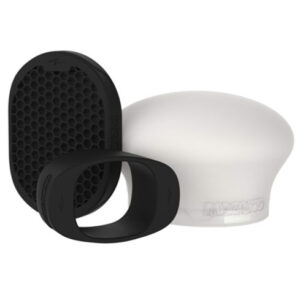 |
My absolute favorite light diffusion system. Light, easy to use, and easy to move around. | |
Tripod: Stability Is Key
A good tripod is essential for real estate photography, especially for getting those crisp, straight lines in architectural shots. A lot of people cheap out here, and that is easy to do. But I guarantee you…. you WILL spend more money in the long run buying cheap tripods. Over a thousand bucks is hard to swallow when you get a RRS tripod…. but they are priced that way for a reason; they stand up to rigorous use. You buy 3 or 4 budget tripods, and you will pay for a RRS… so save a little longer and start off with the right tripod. You will thank me…. and be a LOT less frustrated.
Here’s the ones I use:
| Tripods | Link | |
| • Really Right Stuff TFC-34L Series 3 | ||
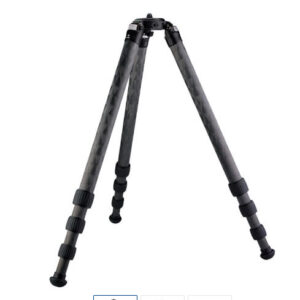 |
Solid tripod, with great height range. Obviously carbon fiber, this is the one tripod to rule them all. It is heavy enough to be very stable. If I had any criticism, it would be that I wish I could get the legs even closer together for some shots. | |
| • Gitzo GT3542L Mountaineer Tripod Ser.3 4S | ||
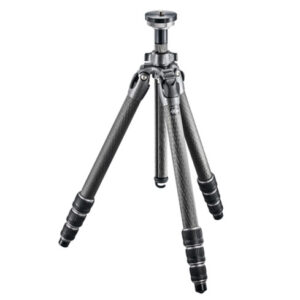 |
My main back up tripod, this was my number one before I got my RRS. Solid and much lighter, I use this dedicated for my Matterport Pro 3 now as it has a unique mount system. This is a tripod that will a bit of preventative maintenance, will serve you for a decade or more. | |
| • Peak Design 5-Section Carbon Fiber Travel Tripod with Ball Head | ||
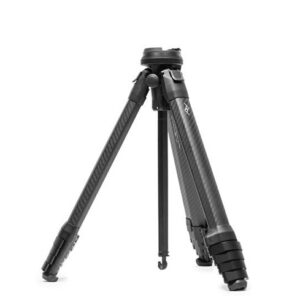 |
This is THE travel tripod. I like it so much, I had mine stolen in Paris last year, and I immediately bought another. You want the carbon version. The ball head is a bit hard to use, and not as sturdy as a geared head…. but this is a travel tripod, and allowances need to be made. This works, and for the size and the light weight, it is a champ in the field. I shot a 14,000 sq ft home in Brugge (plus video!) with just this tripod. | |
| • TA-3 Series 3 Versa Apex Tripod Leveling Base | ||
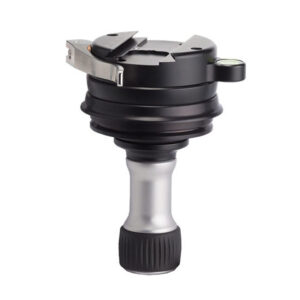 |
Want to get up and running fast? I used these when I was in TV. This really speeds up leveling your camera. You give up a raising center column to use a leveling base, but that’s a trade off I am willing to make. This gives you the quick set up of a ball head, and the precision of a geared head on the same tripod. | |
| • Manfrotto 1004BAC 144″ Air Cushioned Aluminum Master Light Stand | ||
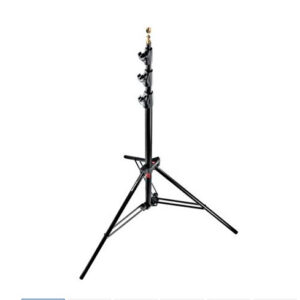 |
A super stable light stands that should go high enough for just about any shoot. I bought a tilt head for on top, so I can easily tilt my flashes to the needed angle quickly. | |
Tripod Head: Precision Is Everything
When it comes to real estate photography, a tripod head is just as crucial as the tripod itself. While ball heads work fine for other types of photography, they don’t offer the control needed for precise adjustments in real estate shoots. A geared head is the only way to go if you want those perfectly straight lines. I’ve used the Manfrotto 405, but despite its price, it didn’t hold up well over time. The Leofoto knock-offs worked for about a year, but then they were done. Benro was only slightly better, but I found them harder to use (very stiff). Other brands, I just do not know or have experience with. My Arca Swiss geared head has been rock solid, offering precision and reliability for years. It’s an investment, but worth every penny to avoid frustration.
| Heads | Link | |
| • Arca Swiss Cube C1 Panning Tripod Head w/ Fliplock Quick Release | ||
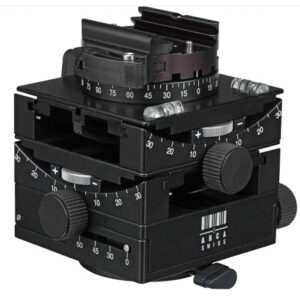 |
It doesn’t get more indulgent than this head. If you are going this heavy into gear, you NEED the pano upgrade… and the flip lock release. |
|
| • Arca Swiss d4 Geared Tripod Head | ||
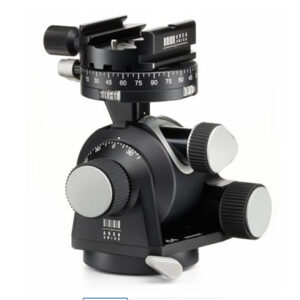 |
Not the head I use, but I know a lot of photographers who do. I have heard nothing but good things about this one. | |
| • Manfrotto 405 | ||
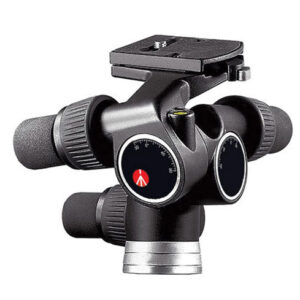 |
This is a great geared head… New. But it does not hold up, and it’s very hard to get repaired. Plus it has a proprietary camera mount, and you have to get an aftermarket mod to get it to accept an Acra-Swiss mount. I have one, but its a third string head for a set it and forget it camera.My 405 is too glitchy for day-to-day use now. | |
| • Benro GD3WH Precision Geared Tripod Head | ||
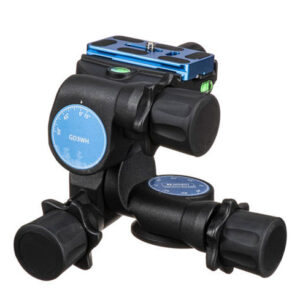 |
I would recommend this head over the Manfrotto 405. Its affordable, and it actually holds up well. But its very tight, and I found it very hard to use. I also found it had some “wobble” to it. Get it, if you need something now… and it does have an Acra-Swiss mount! | |
| • Really Right Stuff BH-55 Ball Head | ||
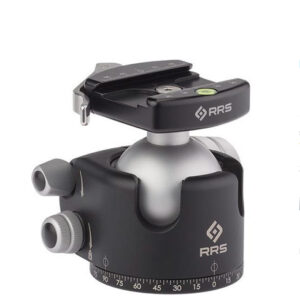 |
This is a great ball head… but ABSOLUTELY not what you want for R/E Photography. I have one, and I throw it on a set of legs for hiking or something like that, but I won’t be using it for any R/E photography. | |
Drones: Aerial Shots for a Unique Perspective
I also incorporate aerial shots into my workflow to give potential buyers a unique view of the property. Here’s are the drones I rely on:
| Drone | Link | |
| • DJI Air 3S Drone Fly More Kit | ||
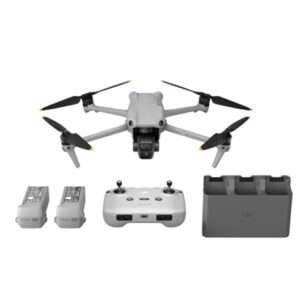 |
A great all-around drone perfect for r/e photography. Small enough too carry easily but large enough to be stable, and with very nice image quality. | |
| • DJI Mavik 3 Pro Fly More Combo Drone | ||
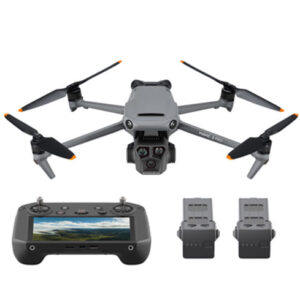 |
Far better image quality for larger projects, luxury and commercial projects. The addition of two longer lenses give you a ton of versatility the Air 2S just can’t manage. | |
Matterport: Quality is Essential For Your Professionalism
3D tours are a critical part of my offerings, and if you want professional results, Matterport is the way to go. I will be blunt:as a company I flat out hate Matterport. Their gear is poorly conceived, poorly made, and a hassle to work with. And Matterport customer service is about as bad as Ticketmaster or Comcast. But they are- unfortunately- the only game in town, and as a monopoly they can run their company as bad as they do and we can only deal with it… Matterport does NOT care about photographers and never has.
That said, the Matterport Pro2 is probably where you should start from, offering decent performance and usable image quality, but if you’re aiming to take on higher-end jobs, the Pro3 will give you next-level quality and detail… and far better jobs. I don’t recommend smaller 360 cameras like the Theta X or Insta360 in a professional environment and for serious professional use—their abilities and their image quality just isn’t there. And if you think you can get by with an iPhone or iPad, think again. This is serious work, and it requires serious gear; if you don’t take your quality seriously, why should your customers take you seriously? If you want to stand out and deliver top-notch results, invest in the tools that will help you get there… or be satisfied to be “good enough”.
This version keeps your original message but smooths out the phrasing to sound more polished while still emphasizing the importance of using professional-grade gear. Let me know if it works!
Here’s are the 3D cameras I rely on:
| Camera System | Link | |
| • Matterport Pro3 3D Performance Kit | ||
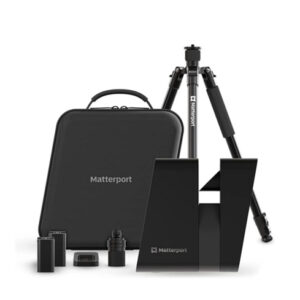 |
Faster than the 2, this also uses LIDAR rather than IR for much better point maps. Much easier to do larger areas- I did 31K sq ft with one of these at a Marriott a week ago. Replaceable batteries is a GREAT upgrade, too, allowing you to keep scanning after the initial battery dies. | |
| • Nikon Z6III Full-Frame Mirrorless Camera | ||
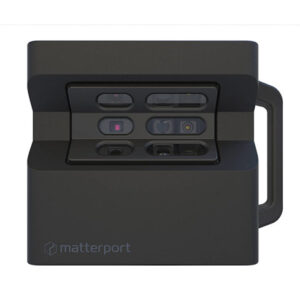 |
A base way to get into quality 3D tours. This works off IR, so it fails in heavily sunlit areas. The nine cameras do a far better job than the 2 lens options like Theta X or Insta360, and though it’s smaller, it does a noticeably better job. | |
Extras: What’s in My Car
Over time, I’ve also figured out which extra tools help make my life easier on shoots. From backup batteries to a multi-tool, here are the extras I keep in my car to make sure I’m always prepared:
| Additional Tools | Link | |
| • Giottos Rocket Air Blaster | ||
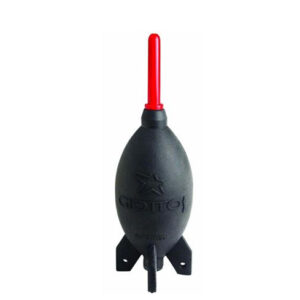 |
The proper way to clean lenses and sensors. Or, at least, the proper first step. This is a MUST HAVE for any photographer, at any level. | |
| • Westcott 7′ Silver Parabolic Umbrella | ||
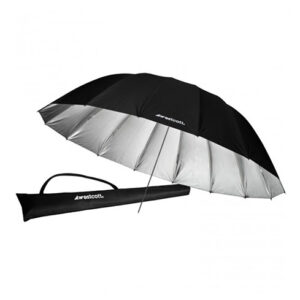 |
I love this for a big, broad, flat light. You’ll need a big flash to fill this bad boy! | |
| • ZEISS Pre-Moistened Lens Cleaning Wipes | ||
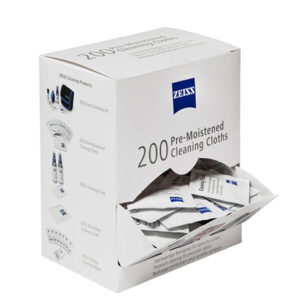 |
When used in conjunction with the Rocket Air Blower, this will keep your lenses and filter clean and shiny! I buy them by the 1000’s! | |
| • Westcott Fast Flags 24 x 36in Kit with Frames | ||
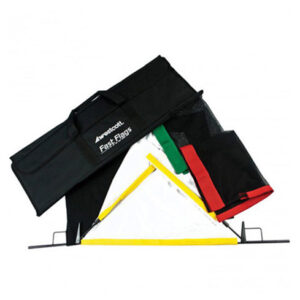 |
A good set of portable flags, scrims, silks and collapsible frames. | |
| • Datacolor Spyder Checkr Photo Color Chart | ||
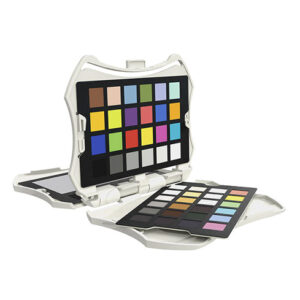 |
When matching color- especially in commercial projects- is important. | |
| • Freewell USD 3.2 Card Reader Pro | ||
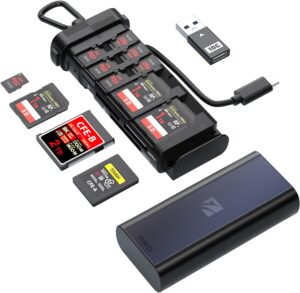 |
Universal Compatibility: Reads CF Express A & B, UHS-I and II SD cards, including SDXC, SDHC, and micro SD cards, ensuring wide-ranging use for photographers and videographers. Just about every card format you need (and ALL of them I need). One tool that does it all! |
|
| • Anker 737 Power Bank | ||
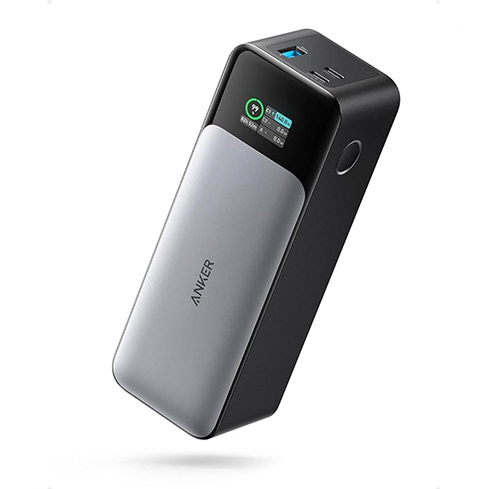 |
This is a small, powerful portable power supply. I use a few smaller ones, but this has the advantage of being able to power my MBP. Great for on the road shoots when you dont know when you’ll get to real power again. | |
| • UPERFECT True 4K Portable Monitor | ||
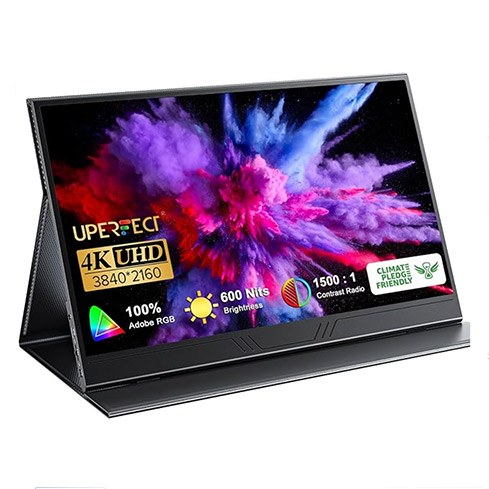 |
A good, small, easy to carry portable monitor to accompany my MBP on the road. Best to power seperately rather than through the direct monitor to MBP USB-C cable. |
|
| • ACASIS 80Gbps M.2 NVMe ThunderBolt 5 SSD Enclosure | ||
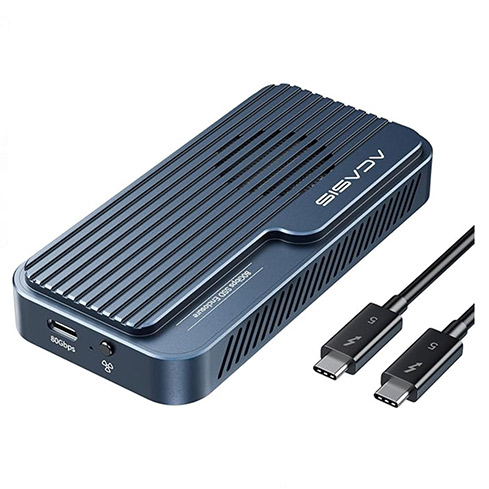 |
Currently the only Thunberbolt 5 M.2 enclosure…. though probably not for long. I got the deluxe version, with the added cooling fan. Use a QUALITY TB 5 cable or don’t bother buying this enclosure… the cable is as important as the enclosure. |
|
| • Western Digital BLACK 8TB SN850X NVMe | ||
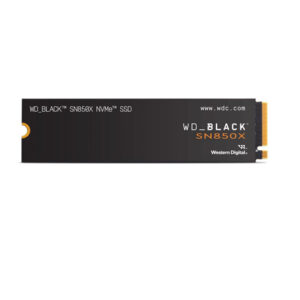 |
Get top-tier performance and ridiculously short load times for your gaming PC or workstation with insane speeds up to 7,200 MB/s. I use this with the above Acasis enclosure on my M4 Mac Studio and get 5000 MB/s throughput! |
|
Computers: You Pay For Speed
When it comes to my computer setup, I rely on Apple products to keep my workflow smooth and efficient. After years of working with PCs, I realized that even a high-powered i9 setup just wasn’t keeping up with the demands of my professional work. Switching to Apple’s M1 chip was a game-changer—the performance difference was night and day, especially when running Lightroom and Photoshop. Apple’s products are an investment, and because they don’t allow for memory or storage upgrades after purchase, I recommend starting with at least 32GB of RAM for 24mp images, and 64GB if you regularly shoot 50+mp and 2TB of storage (Add 8 more TB with the ACASIS 80Gbps M.2 NVMe ThunderBolt 5 SSD Enclosure with the Western Digital BLACK 8TB SN850X NVMe). These specs will help ensure your system is ready for intensive editing tasks right out of the box.
Here’s are the computers I use:
| Computer Model | Link | |
| • Apple Mac Studio (mid 2023) M2 Ultra 24-Core / 60-Core 64GB 1TB SSD | ||
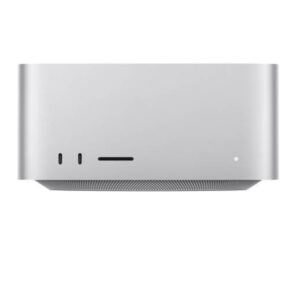 |
The go-to for a main computer. This is small, and the Apple Silicon BLOWS AWAY anything Intel. Its not slight…. this is my personal experience. You try an Apple Mx chip and you will never go back to PC. You will need to bring your own monitor, mouse and keyboard (see below!), but that should not be a problem. In early 2025, I would suggest waiting a few months for the release of an M4 version. | |
| • Apple MacBook Pro 16.2″ | ||
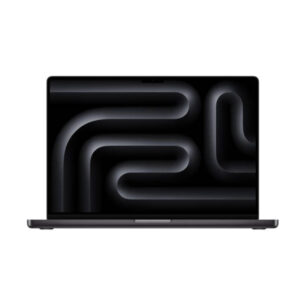 |
I am on a road a lot, and this is what I take with me…. and trust to work and work well away from home. This laptop is powerful enough it can be your main computer. | |
| • Apple Studio Display | ||
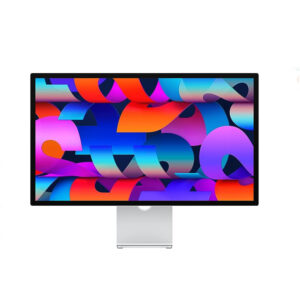 |
There are less expensive monitors. Some are even good. Professional photographers care about accurate color. When you get to that level, this is your monitor. The size is perfect- I use two. | |
| • Logitech MX Master 3S Wireless Mouse | ||
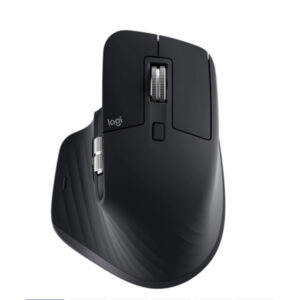 |
Apple mouses suck. Big Time. This is a great mouse, and it perfect for editing images with. I program the extra buttons to run actions in Lightroom and Photoshop… such a time saver and a super smart product. | |
| • Logitech MX Keys S Wireless Keyboard | ||
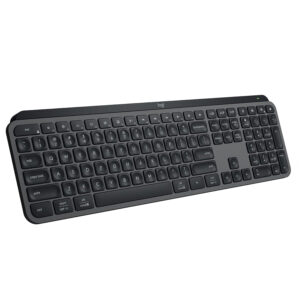 |
A keyboard is a keyboard. This one works. It matches the best mouse in the world. Thats all I need!. | |
Online / Cloud Software
As a busy photographer, having reliable online tools is essential to streamline your workflow and maintain a professional edge. From delivery systems that handle scheduling, billing, and secure image release (ensuring you get paid before images are accessed) to advanced tools for creating floor plans and 3D scans, these cloud-based solutions can make all the difference. Additionally, I use resources to find skilled overseas editors for both stills and video, helping me maintain quality and consistency on a tight schedule. The right software tools not only save time but also enhance the value of the services I offer.
Here’s is online partners I rely on:
| Delivery Systems | Link | |
| • HD Photo Hub | ||
 |
As a photographer, once you reach a certain level of business (or even if you’re just getting busy), having a reliable delivery system becomes essential. There are several systems available to streamline your workflow, and choosing one that can handle scheduling, billing, and secure image delivery is key. A good system ensures your images are only accessible once payment is received, safeguarding your work and cash flow. Additionally, a well-designed media kit is a valuable asset that realtors love—it adds to your professional value and makes your services even more indispensable.
I have used a few delivery systems… in fact I was 100% on board with Aryeo when Zillow bought them. Aryeo was a leader at the time…. but we have seen them fall behind more and more, and we are seeing continued delivery problems. HD Photo Hub has proven itself to be a solid platform, has a great product, and is very affordable. It is a little hard to get started with, but is super powerful and offers a ton of customization options. Use my Referral Code 58004 at sign up for 50 free credits! |
|
| • CubiCasa | ||
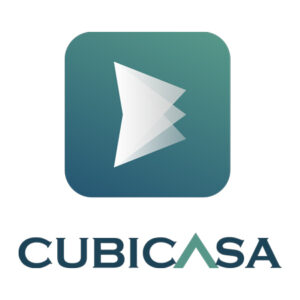 |
If you’re looking for floor plan creation, CubiCasa’s floor plan app does it for you. And, surpisingly, it does a LOT more. CubiCasa’s floor plan app is easy to fall in love with. It really is the easiest and fastest 2D & 3D floor plan app for iOS and Android devices, and it has white-label options, too. Best of all, you can try it out FREE! | |
| • Pixlmob | ||
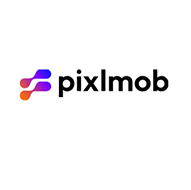 |
Pixlmob is an online marketplace for photographers to find real estate photo and video editors. Now it’s an entire post-production workflow tool. | |
Practice Over Gear
I’ll say it again: It’s not about the brand of camera or gear you use, it’s about how you use it. Whether you shoot Nikon, Canon, Sony, or another brand, focus on mastering your craft. My Mac Studio will NOT edit better images than an Acer Aspire, an HP Envy or even an Apple Air…. it’ll just do it faster. You can make the same exact image with a Z9 and an Sony 6000. Its knowing how to make the image that separates the men from the boys. YOu might also ove to see our Ultimate Real Estate Photography Business Guide.
Start with what you have, and work towards building the setup that works for your unique style and workflow. If you’re interested in any of the gear I’ve listed, feel free to use the affiliate links—I may earn a small commission, but there’s no extra cost to you.
What gear do you use? I’d love to hear what’s in your bag and any shortcuts you’ve found along the way. Let’s keep learning and improving together!
